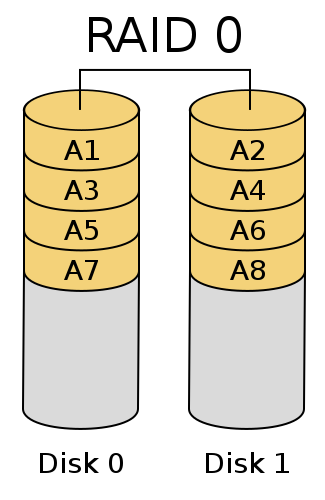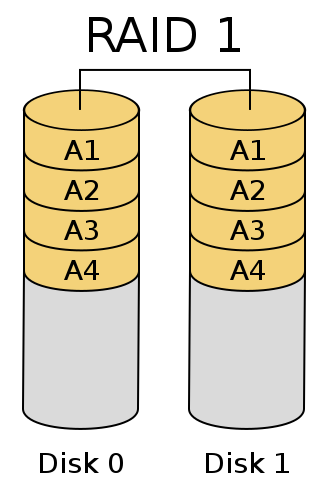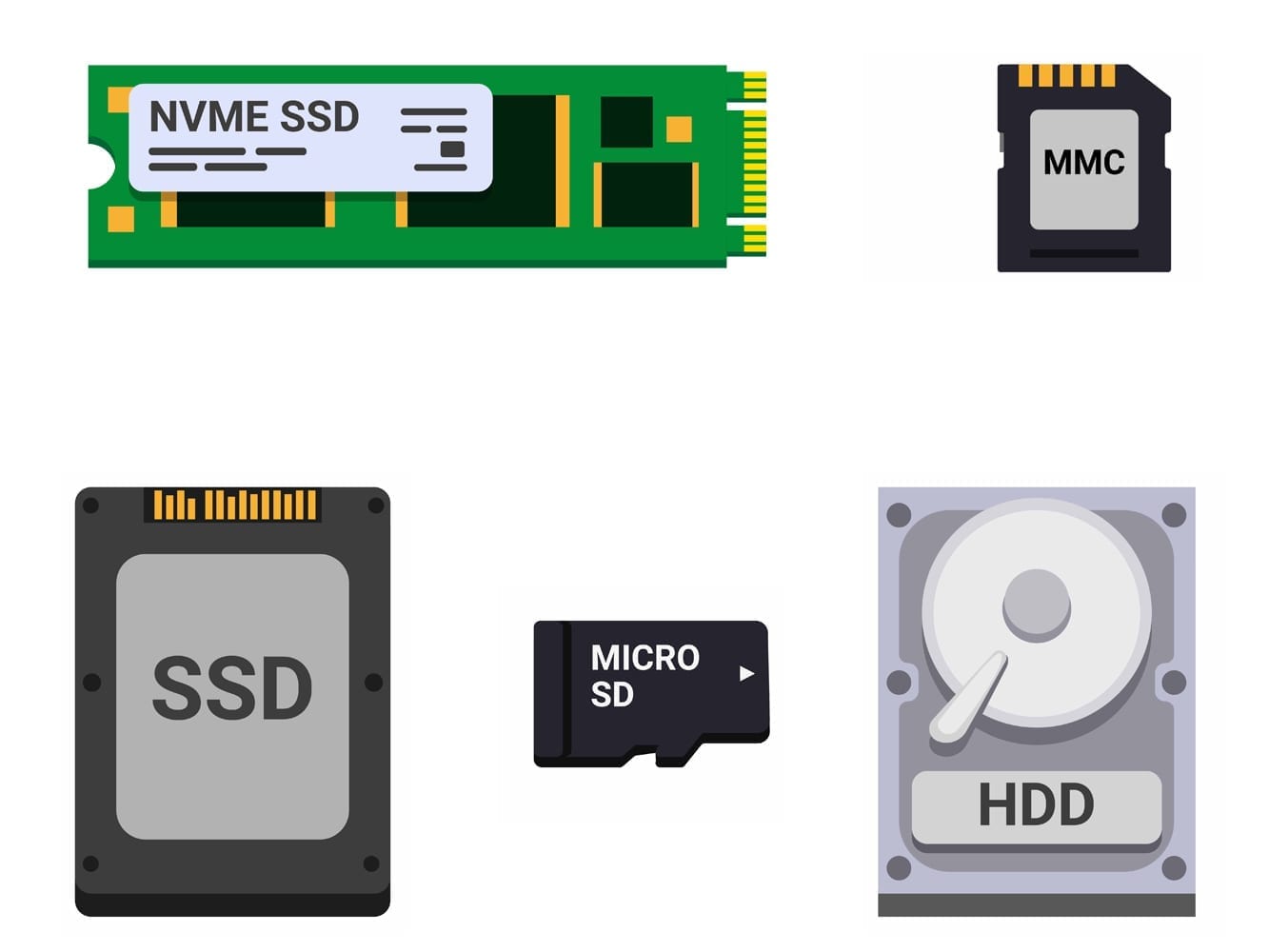Choosing where to store your information in a server isn't a difficult decision. The real question is, how? This quick guide will show you a brief description about storage drives could be used to enhance the features of the home server.
This guide was created for choosing server storage. If you would like to learn about the setup for home servers, please check out my blog posts about servers.
Table of Contents
Types of Storage Drives
HDD
The traditional magnetic spinning “Hard Disk Drive” offers a ton of space for a affordable price. They are usually sold in 2 sizes:

This technology is old, therefore they aren’t speedy.
SSD
They are perhaps better in every single aspect than the HDDs. The “Solid State Drive” is built entirely with semiconductors. They are more resistant to impacts, they consume less power and above all, they offer a superior write and read speeds.

With all these advantages, you can expect one thing from SSDs: their costs are higher. Therefore they should be used primarily when speed is critical for the application.
Sizes of Storage Drives
There are 3 primary storage drives sizes in the market.
- NVME drives.
- 2.5” drives, primary for laptop computers.
- 3.5” drives, primary for desktop computers.
99% of the Servers are desktop computers. However, if the server requires to be small and compact, they will use laptop equipment.

Combinations of Storage Drives
Two storage drives will work better than one. Let’s find out how they could be combined.
Independent Storage Drives
Inside the computer, each hard drive is recognized as 1 individual storage unit. This is the simplest setup.
This works well when two different kinds of storage drives are located in a computer, such as a SSD and a HDD.
RAID (Redundant Array of Independent Disks)
Hard drives that work together offer greater advantages than working separately, at a higher cost. As the owner of the home server, are you looking for a speedy server or for a backup server?
RAID 0
Are you looking for a server that responds quickly? RAID 0 is a array of disks, which distributes files equally across the storage drive.
For example, if you have an array of 3 HDDs configured as RAID 0, then 1/3 of all files will be distributed in each drive. This way, when the file is read or run, the access speed will be 3 times faster than it would be with only 1 HDD.

RAID 1
Are you looking for a server with peace of mind? RAID 1 is a array of disks, which copies or mirrors all files across all storage drives. All the information in the storage drives will be identical.
For example, if you have valuable information then you shouldn't rely in only one storage drive. If you have 2 or more storages drives, then configuring them in RAID 1 will secure the data in case of a failure, such a mechanical damage.

Further RAID configurations
You can read more about RAID by clicking on this button.
You have reached this far!
Thank you for reading the blog post. Your comments and suggestions are welcomed. At the bottom of this page, leave a message or just say hi! The whole team of techZorro will appreciate it. Don't forget to share it on social media as well.
techZorro’s Index of Content
Click on the following link to browse likewise content in the blog in techZorro. This index will help you see what you are looking for in a bird’s eye view.
techZorro's Newsletter!
If you enjoyed this blog post, please subscribe to techZorro’s newsletter so you don’t miss any future blog posts!


[…] Storage Drives for Home Servers […]
[…] Storage Drives for Home Servers […]